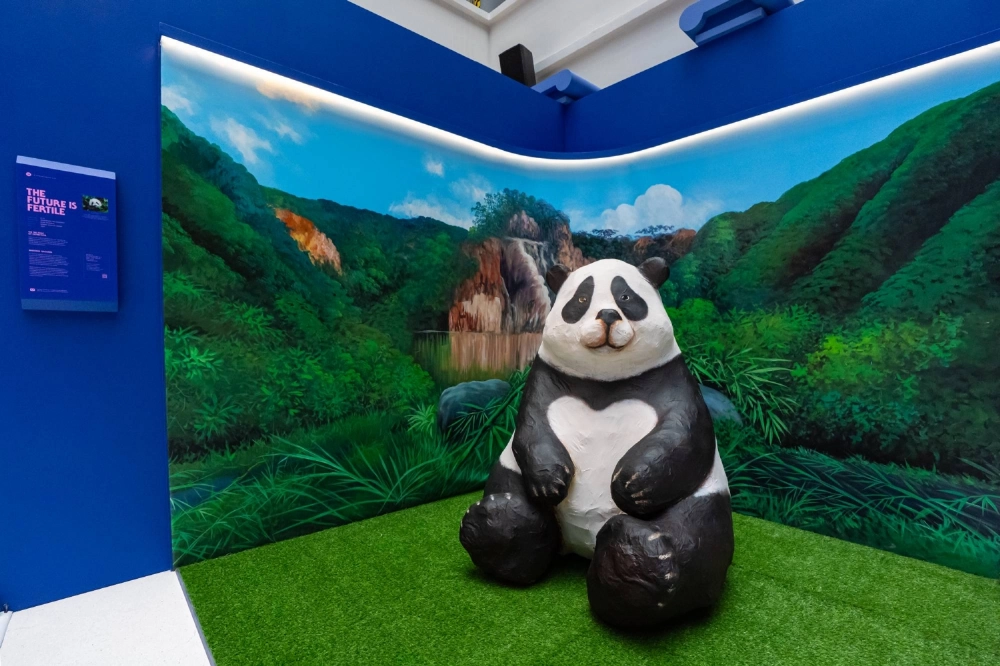Singapore is a sprightly 60 years young this year. Given its youth, reputation for innovation and highest per capita GDP in the world, Singapore Design Week 2025 could have been a triumphant showcase of the sleek, futuristic and posthuman. The future is definitely on the minds of its designers — but through the lens of pragmatic problem-solving.
Japan and Singapore are wrestling with some common issues: aging populations, resource-poor island geographies, compressed urban living, highly competitive educational systems causing mental health problems, declining pools of service industry workers and manual laborers, and an East-West identity hang-up.
“Nation by Design,” the theme of Singapore Design Week 2025 that runs through Sept. 21, doesn’t patronize by telling us the future is bright but reassures us that people are working on it.


















With your current subscription plan you can comment on stories. However, before writing your first comment, please create a display name in the Profile section of your subscriber account page.